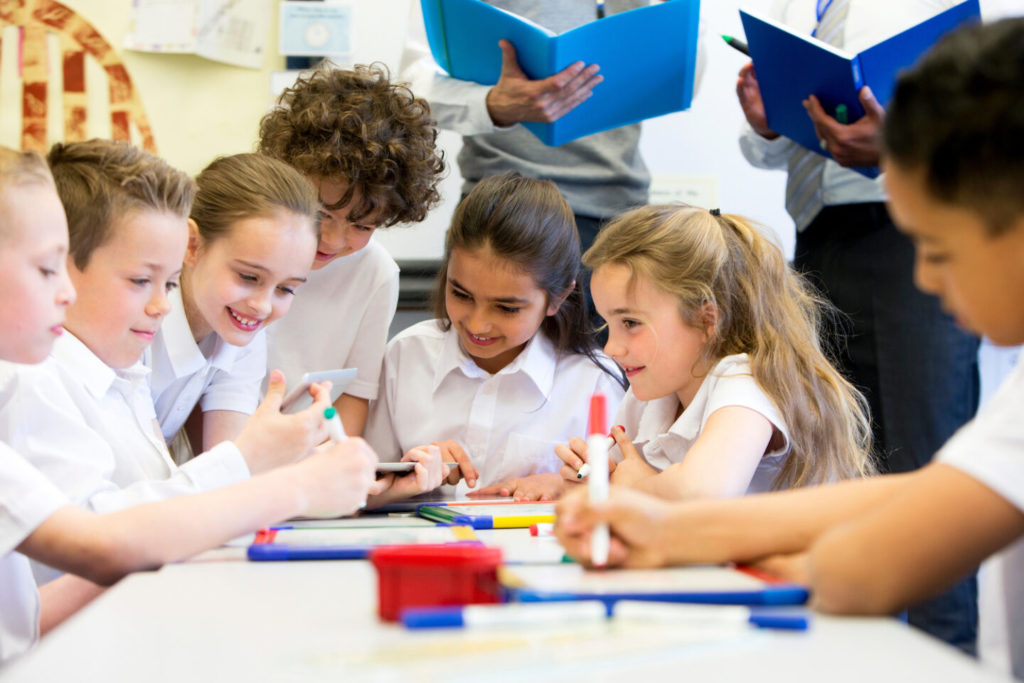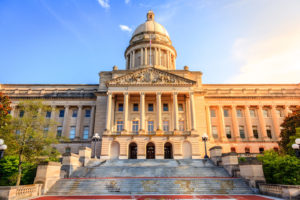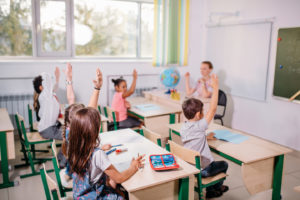Washington charter schools have less funding, better academics than traditional public schools
It seems impossible that public education could be made cheaper without skimping on quality.
But Washington’s charter schools appear to be doing just that.
Charter schools are public schools…

It seems impossible that public education could be made cheaper without skimping on quality.
But Washington’s charter schools appear to be doing just that.
Charter schools are public schools – publicly funded and tuition-free – but they also have freedoms that traditional public schools don’t. These include the ability to specialize their curriculum, be governed by an independent school board, and implement other tailored policies and practices.
The Washington State Board of Education (WSBE) released a new report highlighting the success of charter schools, particularly at serving disadvantaged and traditionally underperforming students.
“Students attending Washington charter schools perform similar to or better than academically, economically, and ethnically similar students attending traditional public schools,” the report reads.
The WSBE report highlighted Black, Hispanic, English language learners and low-income students as those outperforming their traditionally public schooled (TPS) peers in math and English scores.
This is despite charter schools receiving less per-pupil funding than district-run schools.
“Charter schools face unique challenges concerning funding because charters do not have access to public funding for capital and lack of access to local tax revenues,” WSBE notes.
The resulting funding disparity can be quite large.
For example, district schools receive an average of $2,685 per student from local tax revenues, while charters only receive $346.
A 2023 University of Arkansas report found charter schools nationwide are chronically underfunded, but still manage to produce better academic outcomes.
Similarly, WSBE found charter students scored higher on six out of eight academic measures – particularly those related to math and reading – than their TPS peers.
Although there wasn’t a significant difference between charter and TPS students in science assessments, there also wasn’t a single metric in which charter students performed worse.
Washington currently has just 18 charter schools with a statewide maximum of 40 allowed.
But data indicate many more families are interested in charter schools than the system can accommodate.
Between 2019 and 2023, charter school enrollment in Washington grew nearly 60% – or by 1,800 students – according to the National Alliance for Public Charter Schools. WSBE reported roughly another 1,200 students are currently waitlisted.
Given the model’s success, the WSBE report addresses a variety of recommendations to create more charter school opportunities, such as providing more funding and lifting the statewide cap.



